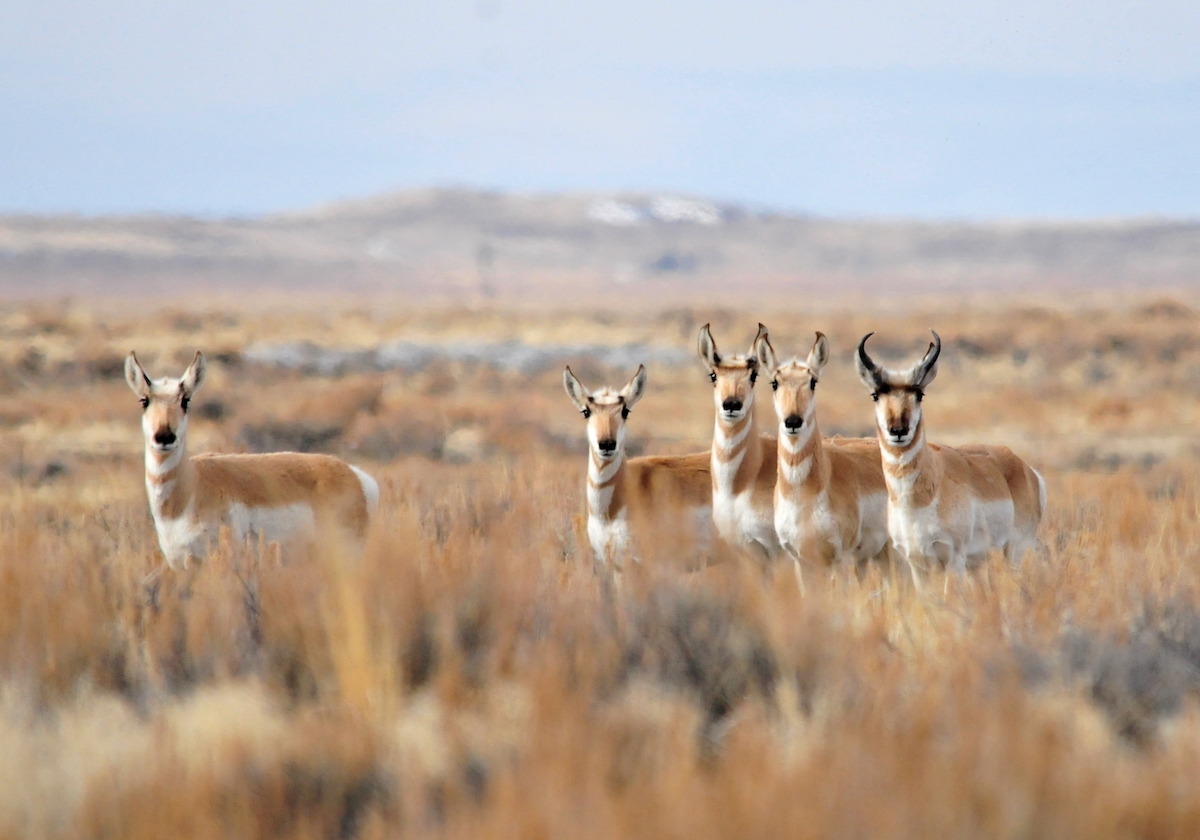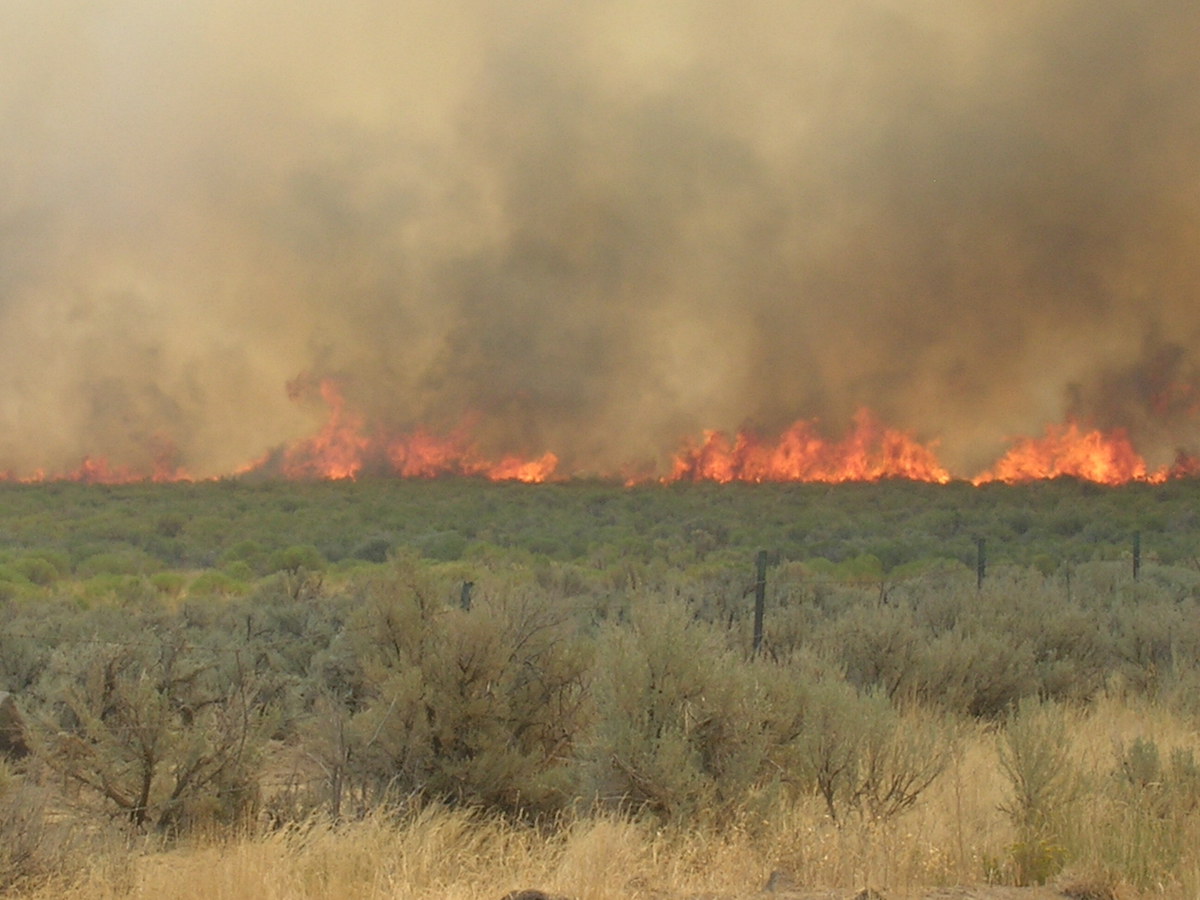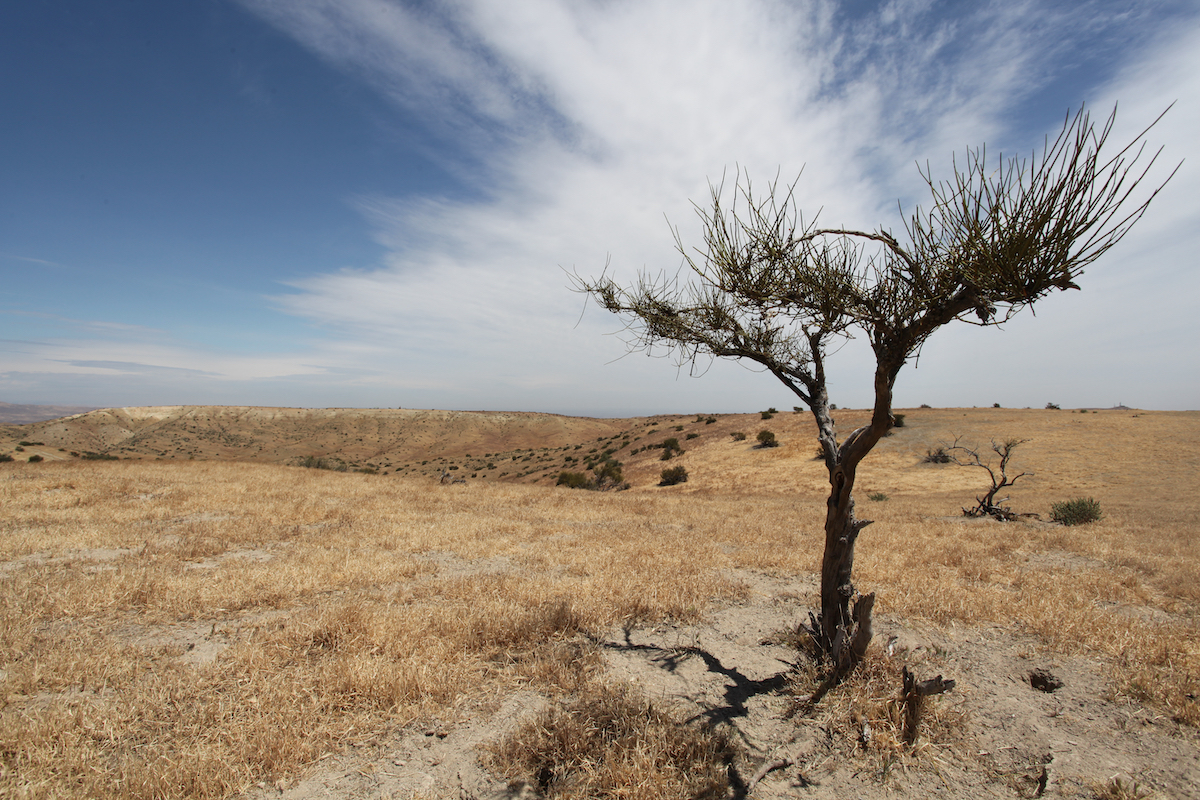This week, the Oregon Department of Fish and Game voted to enact emergency measures to close three controlled deer hunts around the state, losing nearly 1,000 deer tags. The decision comes amid a growing number of resolutions by state wildlife agencies to reduce tag numbers due to concerns with drought, habitat loss, and disease.
Two other states recently issued decisions to decrease deer and pronghorn tags statewide. Wyoming voted to decrease tags by 11,300, and Utah recently voted to decrease its general season buck tags by 1,000, claiming concerns over its current drought conditions.
“We’ve got urban sprawl, conversion to agriculture…climate issues, drought, huge wildfires, and all those things together just seem like death by a thousand cuts,” said National Wildlife Federation sporting director Aaron Kindle in a recent interview.
The decision to decrease tags by state wildlife agencies isn’t necessarily an unusual event. It’s very common for state agencies to fluctuate in the number of tags they release annually.
The bigger concern is the trends behind these decisions, including decreasing populations of mule deer and pronghorn and the continued loss of habitat throughout many western states.
Days Without Rain
One of the biggest reasons behind these decreasing populations and lower allotment of tags is the growing presence of drought throughout the American West. The latest maps show roughly 70 percent of lands in the West are facing severe to extreme drought conditions, according to the U.S Drought Monitor.
These levels of drought appear to be having the most significant effect on deer and pronghorn due to their need for shrub growth habitat, a critical component of the animal’s winter diet.
In states such as New Mexico, current models project that roughly 54 percent of the state is under extreme drought conditions. Although wildlife officials estimate the state’s deer populations are doing well, the conditions are causing growing concern over pronghorn survival.

In many areas, low fawn survival rates afflict pronghorn and cause decreases in local populations, according to the New Mexico Department of Fish and Game. Dry habitat and drought conditions continue to exacerbate these low survival rates.
Recent proposals by the state wildlife agency aim to shift start dates for hunting seasons and decrease tags for antelope in several units. The wildlife commission will vote on the proposed decreases of pronghorn tags next month.
Similar to New Mexico, Wyoming recently decreased pronghorn tags by 8,000 across the state, citing drought as one of the main reasons for the decrease in hunting opportunities.
Roughly 63 percent of Wyoming is in a severe drought. Officials project the lack of water and moisture will have a major effect on shrub growth, causing issues with pronghorn and mule deer populations.
In Utah, more than 50 percent of the state is in a severe drought, according to recent reports, prompting Utah Governor Spencer Cox to declare a state of emergency.
In the state, deer are the ones having issues with the dry conditions. In a recent decision, the state wildlife commission voted to decrease general season deer tags in 13 out of the 29 units in the state.
“We’ve had several years of drought and are still facing ongoing extreme drought conditions statewide, which has a significant impact on the survival rates of deer,” said Utah Division of Wildlife Resources big game coordinator Covy Jones.
The current state management plan has an objective of 400,000 deer statewide. However, the current population of deer is just over 300,000, according to the UDWR.
“We currently have more demand for deer hunting in Utah than we have the supply for,” says Jones.
In California, another state experiencing record levels of drought, several hunting seasons last year were canceled or cut short due to wildfire restrictions statewide.
At a certain point last season, all national forests in the state were closed down due to wildfire. The closures meant several elk, deer, and pronghorn seasons were canceled entirely, according to the California Department of Fish and Wildlife. The CDFW recently allowed refunds for some of these tags and reinstated hunter preference points.

In addition to wildfire restrictions, deer populations statewide have fluctuated over the past few decades. Current deer populations are roughly 460,000, approximately 35 percent less than 30 years ago. Many attribute the decrease to prolonged drought conditions, including habitat loss compounded by the recent fire seasons.
The mix of declining deer populations and wildfire seasons has led to a decrease in deer tags statewide, prompting concerns over the future of big game hunting in the state.
A Consequence of Drought and Development
On average, game species have lost nearly 6.5 million acres of vital habitat over the last two decades, according to a recent analysis from the National Wildlife Federation. The report cites several reasons for the loss of habitat, including human development and climate factors.
“Game species have lost a football field worth of their range nearly every two and a half minutes,” writes the NWF.
The report focuses on the loss of habitat for various game species, including Mule Deer, who have lost more than 7 million acres of habitat land over the last two decades, the most of any big game species.
Drought often accelerates this loss of habitat, which is quickly becoming one of the biggest concerns for wildlife managers around the country.
In Colorado, a state whose population grew at twice the national rate between 2010 and 2020, habitat decreases are combined with an influx of recreationists and more common instances of drought and wildfire.
“If we continue to lose habitat and don’t continue to have these honest discussions about habitat protection, we just simply are not going to be able to maintain the robust wildlife populations that we all have come to love,” said Colorado Parks and Wildlife officer Brandon Diamond at a recent wildlife caucus.

The loss of habitat has led to a significant decrease in mule deer populations statewide, and CPW has continued to issue fewer mule deer licenses each year, according to the NWF report.
“This issue has sort of been simmering to a boil for quite a while now over several decades,” said Diamond.
Disease Fuels Additional Concerns
Other Western states are seeing a different repercussion of drought: The onset of disease in wildlife populations.
Whitetail populations in Washington and Idaho have been hit hard by recent outbreaks of viral diseases. Last year, Idaho saw an outbreak of Epizootic Hemorrhagic Disease that killed roughly 300 deer. Washington also received over 500 reports of EHD during the fall season, according to wildlife officials.
Read Next: North Dakota Eliminates 8,000 Whitetail Tags for 2022 Season, Thanks to EHD
Infected deer often seek water, which during periods of drought, is often scarce and leads to a greater number of individual animals congregating at a single location. This increased chance for transmission is often the reason EHD increases in prevalence during periods of prolonged drought.
“We expect it. We’ve seen it more and more and more over the last 10 years, the more that we’ve had drought conditions increase,” wildlife veterinarian Colin Gillin told local news.
In addition, the growing prevalence of chronic wasting disease across the country is leading to growing concerns over deer populations. As a result, both Idaho and Wyoming have announced increased measures to combat the disease. Idaho announced its first cases of CWD in the state last November.
The federal government could also play a major role in dealing with CWD. Recently the senate introduced a bill that would provide $70 million in funding for research and prevention of CWD.
Bigger than Just License Numbers
For many, the big question is how will decreases in tags affect hunters across the West. To get a better idea of this answer, we can look to Idaho.
In 2020, the state voted to restrict the number of nonresident hunters in game units around the state, aiming to address concerns over hunter congestion in specific units. The Idaho Fish and Game Commission was attempting to disperse non-resident hunters throughout the entirety of the state.
“Prior to broader conversations related to the future of deer and elk hunting in Idaho, the Commission thought it important to first ensure that nonresident participation levels were addressed,” said Idaho Fish and Game director Ed Schriever.
These regulations provide an example of how wildlife agencies may address decreases in big game tags over the next few decades.
As wildlife agencies begin to lower harvest rates, the opportunity for hunters will become even more competitive. This increased competition will likely affect out-of-state hunters the most, as agencies place quotas on hunting units, limiting the number of nonresident tags to lower harvest levels.
The biggest way to avoid these reductions is to address the roots of the problem: drought, habitat loss, and disease. If we can address these issues first, we may never need to worry about a future with fewer hunting opportunities.
